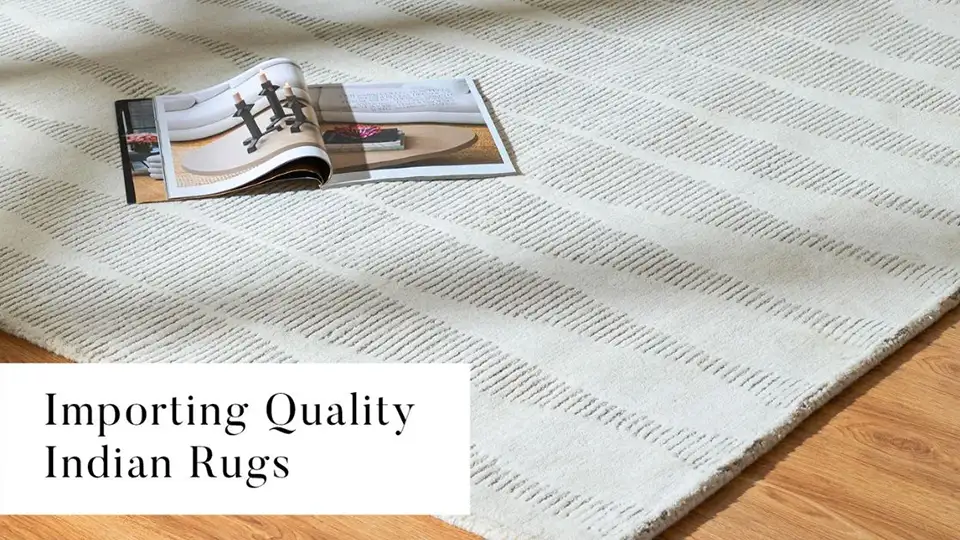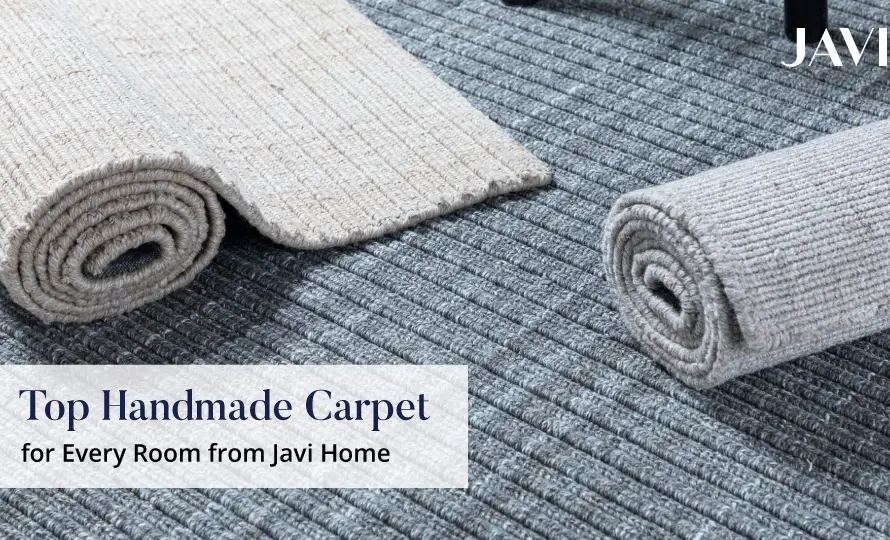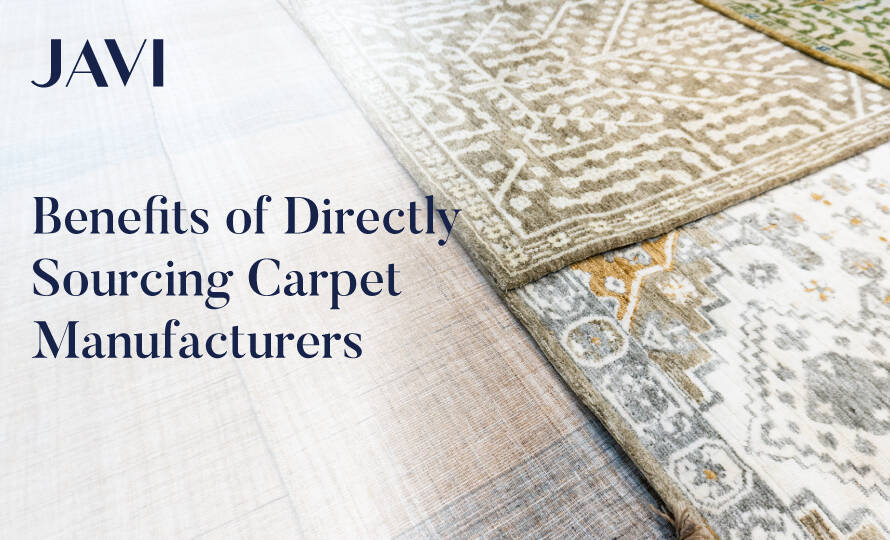For centuries, India has been a hub for rich textile traditions, with its rugs being a testament to this legacy. The intricate designs, attention to detail, and quality craftsmanship make Indian rugs a sought-after commodity worldwide. However, importing these treasures isn’t a straightforward affair. In this comprehensive guide, we delve deep into the nuances of importing Indian rugs to help you make informed decisions.
Researching and Identifying Indian Carpet Suppliers:
The first step to importing quality rugs starts with identifying the right suppliers. While there are countless manufacturers in the market, not all meet the quality and ethical standards global importers often seek. One such trusted name in the realm of B2B Rug Manufacturing is JAVI Home. Associated with industry bodies like CEPC(Carpet Export Promotion Council), JAVI Home has proven its commitment to excellence time and again.
Understand the Different B2B Rug Designs:
Indian rugs come in various techniques, from the machine-made to traditional hand-knotted. Machine-made, are typically more consistent in design and cost-effective. On the other hand, hand-knotted rugs, rooted in age-old traditions, require more labor and skill. This difference in creation methods reflects in their price, with hand-knotted rugs often costing up to 10 times more than a machine made rug. As an importer, recognizing these technique differences is essential to making informed choices, catering to both budget-conscious and luxury-seeking segments of your market.
Ensure Authenticity and Quality:
It’s vital not to go merely by a manufacturer’s words. Instead, seek certifications that validate their claims. JAVI Home is proud to hold certifications such as GoodWeave, ISO (International Organization for Standardization), SMETA (Sedex Members Ethical Trade Audit), etc. it’s always a good idea for importers to have third-party agencies test the material’s content and quality.
Understand Shipment and Pricing Terms:
Terms like Free on Board (FOB) and Cost, Insurance, and Freight (CIF) play a significant role when it comes to importing. While FOB indicates when the seller’s responsibility ends and the buyer’s begins, CIF ensures the seller covers costs, insurance, and freight while the shipment is in transit. Familiarizing yourself with these terms ensures a seamless importing process.
Rely on Trusted Platforms for Wholesale Rug Imports:
Sourcing Indian carpets can be a daunting task, given the vast market. Platforms like CEPC can help meet the sourcing needs of an importer, making the process more streamlined and trustworthy.
The Significance of Certifications:
While we’ve touched upon not solely relying on a manufacturer’s word, it’s worth diving a bit deeper. Certifications validate a manufacturer’s claims and ensure adherence to international standards. JAVI Home’s association with CPSC, for instance, stands testament to its commitment to product safety and global standards. However, as an informed importer, always do your due diligence.
Building Long-Term Relationships:
Once you’ve successfully navigated the importing maze, focus on nurturing a lasting relationship with your chosen supplier. Stable partnerships can lead to better terms, priority in new product releases, and even exclusive B2B designs. With JAVI Home Rugs, for instance, importers can expect consistent quality and evolving designs.
Conclusion:
Importing Indian rugs is a rewarding venture, both in terms of cultural richness and business profitability. However, the key lies in being well-informed and aligning with suppliers who share a vision of quality, transparency, and ethical production. This comprehensive guide is a stepping stone to your importing success, ensuring you bring the best of Indian craftsmanship to your customers’ doorstep.
FAQ's
What certifications should I look for when sourcing Indian carpets?
While many certifications can validate a rug manufacturer’s claims, some of the recognized ones include Global Recycle Standards, Responsible Wool Standard, and a No Child Labour certification. Associations with bodies like CEPC and CPSC also reflect a commitment to quality and safety standards. However, always consider third-party verifications to ensure product authenticity.
How can I ensure that the rugs I'm importing meet my quality expectations?
Besides relying on certifications, consider working with third-party agencies that specialize in testing material content and quality. This independent assessment ensures that the rugs meet the standards set by both the manufacturer and international benchmarks.
What are the key shipment terms I should be familiar with when importing Indian rugs?
Two primary terms you’ll often encounter are Free on Board (FOB) and Cost, Insurance, and Freight (CIF). FOB determines when the responsibility shifts from the seller to the buyer, while CIF means that the seller covers costs, insurance, and freight during transit. Familiarity with these terms will streamline the importing process and prevent potential misunderstandings.
Why should I consider JAVI Home when looking for B2B rug suppliers from India?
JAVI Home stands out as a trusted name in the B2B Rug Manufacturing sector, with associations with esteemed bodies like CEPC. Their commitment to quality, ethical manufacturing, and product safety, combined with a diverse range of designs, makes them a preferred choice for many global importers.


